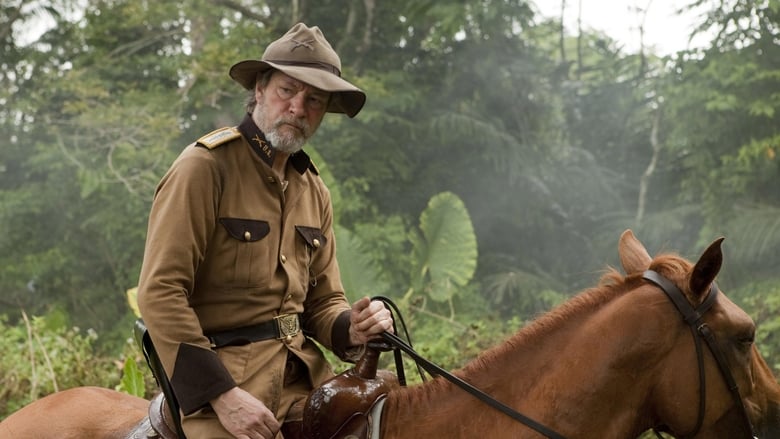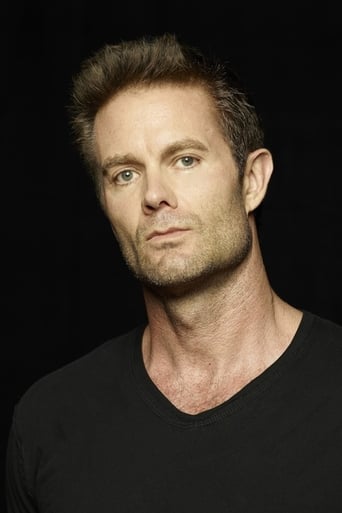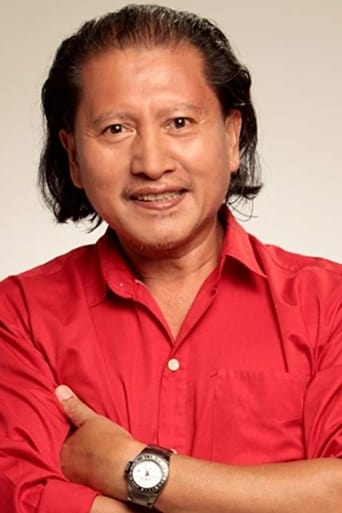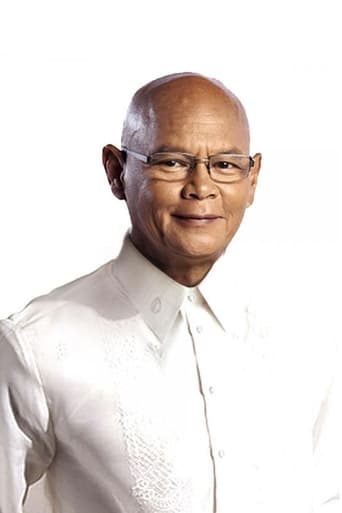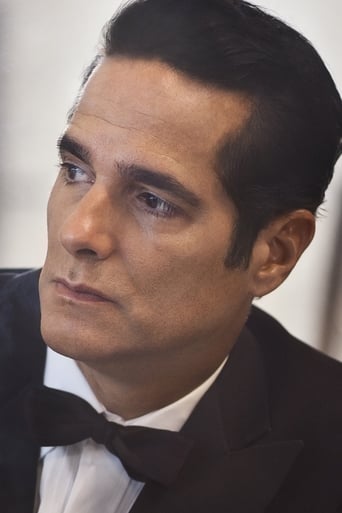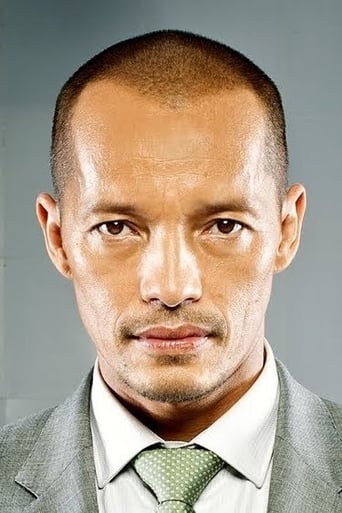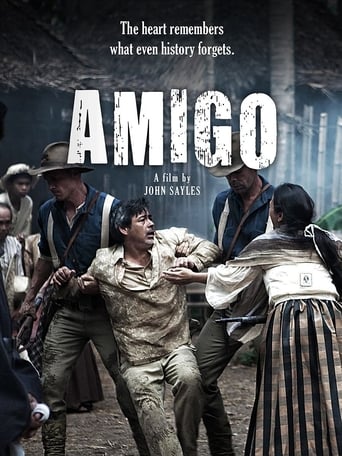
Rafael is a village mayor caught in the murderous crossfire of the Philippine-American War. When U.S. troops occupy his village, Rafael comes under pressure from a tough-as-nails officer to help the Americans in their hunt for Filipino guerilla fighters. But Rafael's brother is the head of the local guerillas, and considers anyone who cooperates with the Americans to be a traitor. Rafael quickly finds himself forced to make the impossible, potentially deadly decisions faced by ordinary civilians in an occupied country.
Similar titles
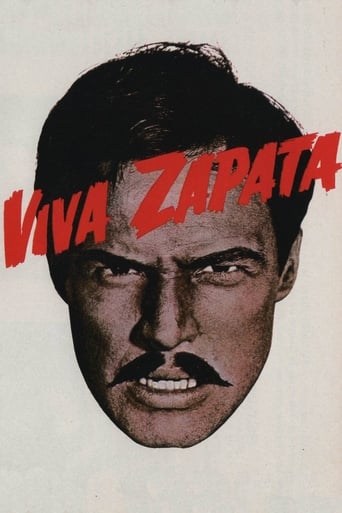
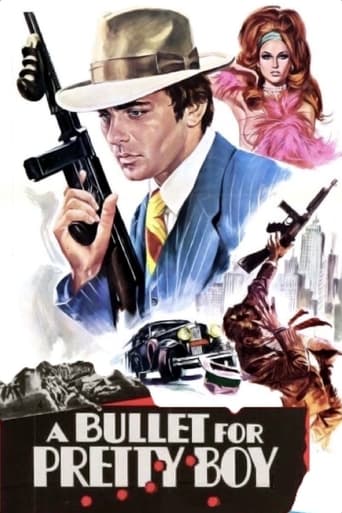
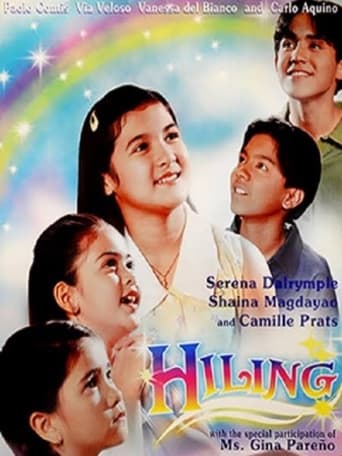
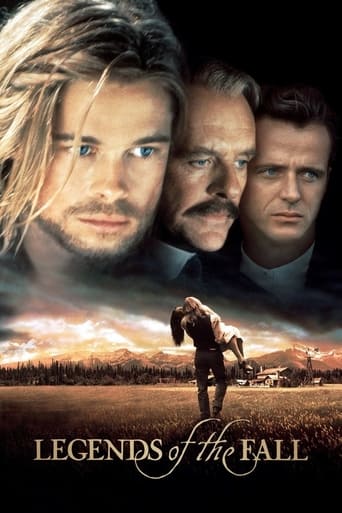
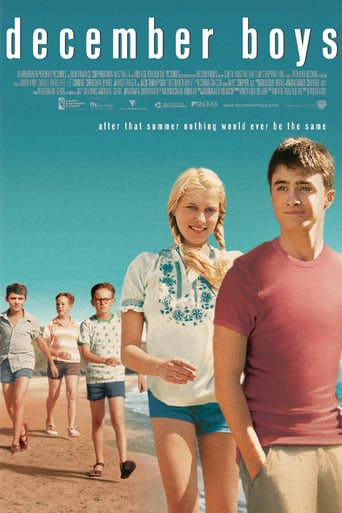
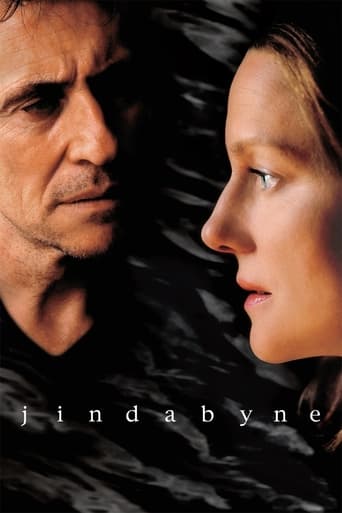
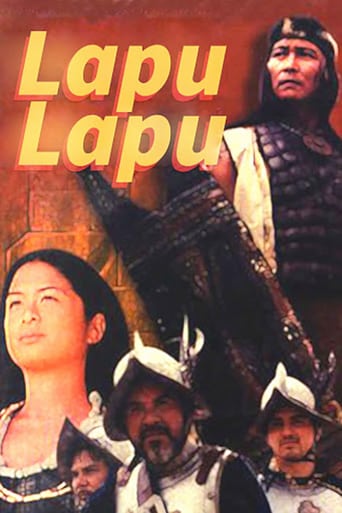

Reviews
Save your money for something good and enjoyable
It's fun, it's light, [but] it has a hard time when its tries to get heavy.
Yo, there's no way for me to review this film without saying, take your *insert ethnicity + "ass" here* to see this film,like now. You have to see it in order to know what you're really messing with.
There are moments in this movie where the great movie it could've been peek out... They're fleeting, here, but they're worth savoring, and they happen often enough to make it worth your while.
The movie Amigo gives us a glimpse of life in a barrio that is caught up between sides of a war that is happening right there in front of them. It takes place in 1900 during the Philippine revolution against U.S. rule. After having just defeated the Spanish, Filipino revolutionaries led by General Emilio Aguinaldo are being sought by U.S. troops. The U.S. troops arrive in the idyllic barrio while on this expedition, causing great turmoil for its inhabitants. The film exhibits a lot of the contrasts of life (yin and yang). The peaceful barrio versus war and violence, the simple ways of people versus the political complexities of loyalty, racism, and hegemony. The film is also very well balanced in the way it provides characters on all sides of the conflict, (U.S. troops, revolutionaries, common people, and even Spanish) showing each point of view. The languages used in the film are also balanced with parts in English and Tagalog (subtitled). The character I want to focus on in this writing is that of the barrio "head-man" Rafael. He is the town boss (like a public official or representative) that is caught up between serving the people of his barrio and the forces of both sides of this conflict. He is depicted as a fair and trusted man, having to settle barrio disputes. The people look to him as a counselor also, asking advice on what to do about the Americans. Rafael is caught in a terrible position, as he represents the people to the U.S. troops, and needs to appear cooperative to prevent their heavy handed brutality. His loyalty may then be suspect however, as his brother is a revolutionary and does not want the U.S. assisted in any way. In fact collaboration is punishable by death. In one scene, he is instructed by rebel forces to be an "inside man" and spy for them. Unfortunately for Rafael this "catch 22" situation does not end well for him, making him detestable to both sides. This reminds me of the statement "damned if you do, damned if you don't. Some of the themes of the movie I would like to discuss are about power, conflict, racism, and social justice. The film makes clear that the fight against imperial power is just. The revolution appeared to be widely accepted by the people, none of which "sold out" the location of the rebels' hideout. As for conflict, I got the message from the film about how war is justified over and over and how the same reasons are used to make war more acceptable with statements like "we are keeping the people safe", or "we are trying to win the hearts and minds of the people". We still hear these statements in wars today. In one scene, father Hidalgo refers to the Filipinos as children (again, justification for social dominance). This is a form of racism, but slightly more subtle than the colonel that referred to the people as monkeys. As for social justice, in another scene, a woman stated she did not mind if the U.S. was in power, because they would divide up the land (from more wealthy land owners) and give it out to everyone (allowing her to have more land). I enjoyed and appreciated this film in spite of the ironic ending. Thank you. Renzi, M.; Ontal, M.; Torre, J. (Producers), Sayles, J. (Director). (2010) Amigo Motion Picture. United States: Variance Films
It is always difficult to tackle a war on film equally and fairly. Each side has its own interests to protect and uphold. Everyone regards the other as an enemy against them. There will be losses from all sides, direct and collateral. Yet, in the end, no one really wins. In "Amigo" by veteran director John Sayles, attempts to show all sides of a multi- dimensional conflict that was the Philippine-American War.The film brings us back to the turn of the previous century, 1900, when Spain just ceded the Philippines to the USA. A group of young American soldiers under former architect Lt. Compton (Garrett Dillahunt) take control of a remote village called San Isidro. Trying to maintain some semblance of normalcy in his hostaged neighborhood was the barrio captain Rafael Dacanay (Joel Torre). There was also the Spanish friar Padre Hidalgo who continues his churchly mission, while interpreting for the Americans. On the other front, we have the Filipino revolutionaries who camp out in the jungle, led by Rafael's brother Simon (Ronnie Lazaro).So we can see here a complicated web of intersecting conflicts that Sayles weaved for us. This was presented in a way that the audience can see the way each of these groups thought. The dialog went from English to Tagalog to Spanish and the occasional Chinese, so everything was seemingly told "in their own words." It will be very interesting how this movie will be viewed by audiences represented by the involved parties. While the story had a slow progression at the start, by the time it reached the climactic scenes, the suspense and tension was electric. The ending though was a bit awkward in my opinion. But definitely, the audience, especially the Filipinos, will identify with the conflicts within the tragic character of Rafael, who was caught between keeping the peace in his barrio, and his brother's cause for Filipino independence. Joel Torre properly captures Rafael's essence and plays him with fervor and passion. Of course, with all the rather hammy acting of the unknown foreign actors behind them, the talent of Torre and the rest of the veteran Filipino cast (notably Rio Locsin as Rafael's religious wife) shone right through. The one known American actor Chris Cooper was in a one-dimensional villain role as a war freak American colonel. As the friar, Yul Vasquez seemed to be more American than Spanish, as he even had a forced Spanish accent. But I do congratulate him for his very good Tagalog speaking. I'm not very sure if it is an error, but I noted the Chinese characters (who were apparently there for comic relief) were speaking in Cantonese, but the predominant Chinese dialect in the Philippines should be Fukienese.Overall though, this is a very good and thoughtful film about a war that had not been tackled before in Hollywood before. To his credit, American John Sayles directed this movie as if he was a true Filipino. He was successful in telling us his story from the Filipino point of view. He was even able to inject some vignettes of Filipino rural culture with scenes of a fiesta, a funeral and cockfighting. Filipinos should really go out and support this unique motion picture.
Perhaps those without the political biases that I have will think more highly of this film than I did. From the trailers that I had seen, plus my growing understanding of the proud history of Philippine resistance and rebellion I had great hopes for 'Amigo'. While the movie may be fairly well done in terms of cinema and storytelling --- there are some good characterizations and plot turns --- in terms of politics and history I did not like this film.I do have to praise John Sayles and the producers for attempting to tackle the subject -- it is one that deserves to be more widely known.But to summarize : the couple of Spanish colonial soldiers are shown in a somewhat unfavourable light, the clergy as represented by Padre Hidalgo is shown in a mostly unfavourable light. There are 'good' Americans and 'bad' Americans, which is fair enough, but even at their worst the Americans are depicted as more blustering and threatening than actually capable of carrying out acts of terrorism.The villagers are caught between the Americans and the insurrectionists, truly a tragic place to be, but my real problem is with the portrayal of the latter : I cannot see that they are shown to have any redeeming features or policies.Somehow the majority of men in the village have gone off to fight as part of the revolutionary force, but why? What did the revolutionaries have to offer? True, as one American soldier states, 'it is their country', but in terms of the events as shown this would not be enough to join the guerrillas, who are generally depicted to be more ruthless than the foreign invaders.For me this demonstrates the same lack of understanding that guided American foreign policy in Viet Nam and in wars since then : sure, the hearts and minds of the population need to be won, the countryside belongs to the guerrillas, the village does also at night --- but why is this? Why do the guerrillas have a broad base of support? Lastly I had an objection to the overuse of the 'funny side of the Filipinos', wherein the adorable natives, conversing in their curious foreign tongue , were shown to be insulting the Americans and their ways, without the Americans knowing what was being said. It is fitting and a plus that most of the dialogue in the film is in Tagalog and I suppose that the intention was to show the human, comical side of the villagers, but to me it came across as too patronizing, as in 'oh look, aren't their customs and manners delightfully quaint?'
John Sayles is the heart and soul of independent liberal filmmaking in the U.S. and he has triumphed once again with this small scale historical drama. Impeccably cast and masterfully written, Sayles only disappoints with his budgetary mandated use of digital cinematography. The sharp bright images of the film make one long for the warm celluloid grain of his frequent camerman Haskell Wexler. The Philippine/American War has hardly been touched by Hollywood except for THE REAL GLORY (1939), a flag waving whitewash of a controversial foreign incursion. Sayles is here to set the record straight and in this ambitious tale of a village invaded by naive American soldiers, he illuminates and entertains with his typically humanistic eye for people of all cultures, and the dark imperialistic inclinations of Western democracies.
Top Streaming Movies











